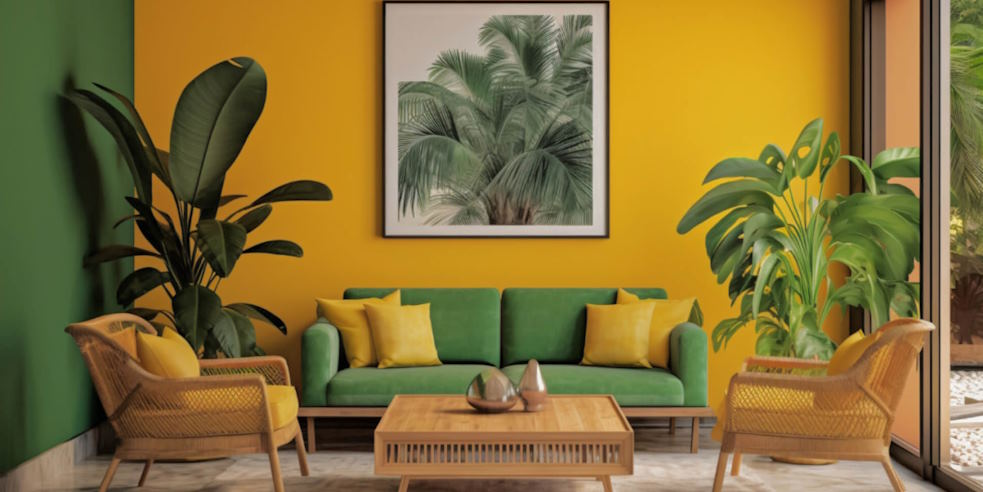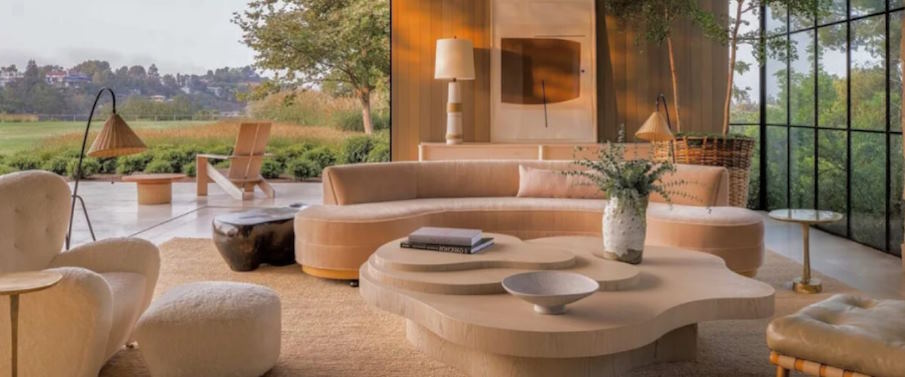Home » Interior Design Styles » The Artistry Within: Unveiling the Core Elements of Interior Design

The Artistry Within: Unveiling the Core Elements of Interior Design
Interior design is a harmonious symphony of visual elements, where the thoughtful integration of color, texture, and lighting creates aesthetically pleasing and functionally sound spaces.
Color Palette and Harmony: Crafting Emotive Spaces
The selection of a color palette is the canvas upon which the entire interior design narrative unfolds. Colors evoke emotions and set the tone for a space, influencing the mood and atmosphere. Creating harmony within a color palette requires an understanding of color theory and an appreciation for balance.
Whether opting for a monochromatic scheme to convey simplicity and sophistication, analogous colors for a harmonious blend, or complementary colors for a bold contrast, the color palette is the backbone of interior art. The strategic use of color reflects personal style and shapes the visual experience, guiding the eye through a carefully curated journey of hues and tones.

Textures and Materials: The Tapestry of Tactility
Textures and materials breathe life into a room, turning it into a multisensory experience. From the smooth touch of polished marble to the cozy embrace of a plush rug, the juxtaposition of various textures adds depth and character to interiors. Natural materials, such as wood and stone, bring an organic quality, connecting the indoors with the outdoors.
Choosing the right textures and materials is a tactile dance, a choreography of surfaces contributing to the overall ambiance. Integrating diverse elements—soft fabrics, rough surfaces, sleek metals—creates a dynamic interplay that captivates the eye and the sense of touch. This layering effect transforms a space from merely functional to becoming a living, breathing work of art.
Lighting as a Design Element: Illuminating Perspectives
Lighting is the sculptor of ambiance, molding and defining the visual landscape of interior spaces. Beyond its functional role, lighting serves as a powerful design element that can accentuate architectural features, highlight focal points, and influence a room’s perceived size and scale.
Natural light, harnessed through strategic window placement and architectural design, infuses spaces with vitality and freshness. Meanwhile, artificial lighting, whether ambient, task-oriented, or decorative, allows for precise control over mood and functionality. Carefully orchestrating lighting transforms a space from day to night, adapting to different needs and occasions.
- Posted In:
- Interior Design Styles

